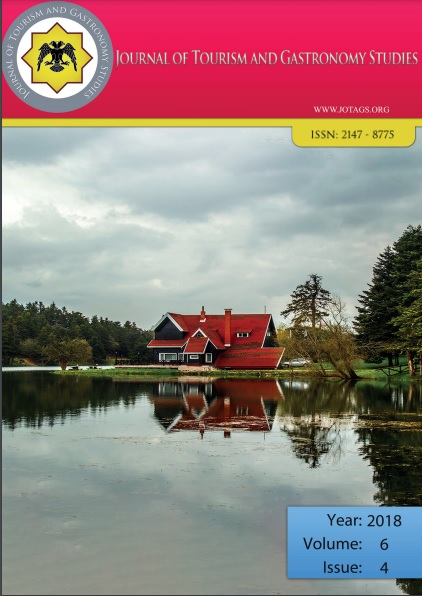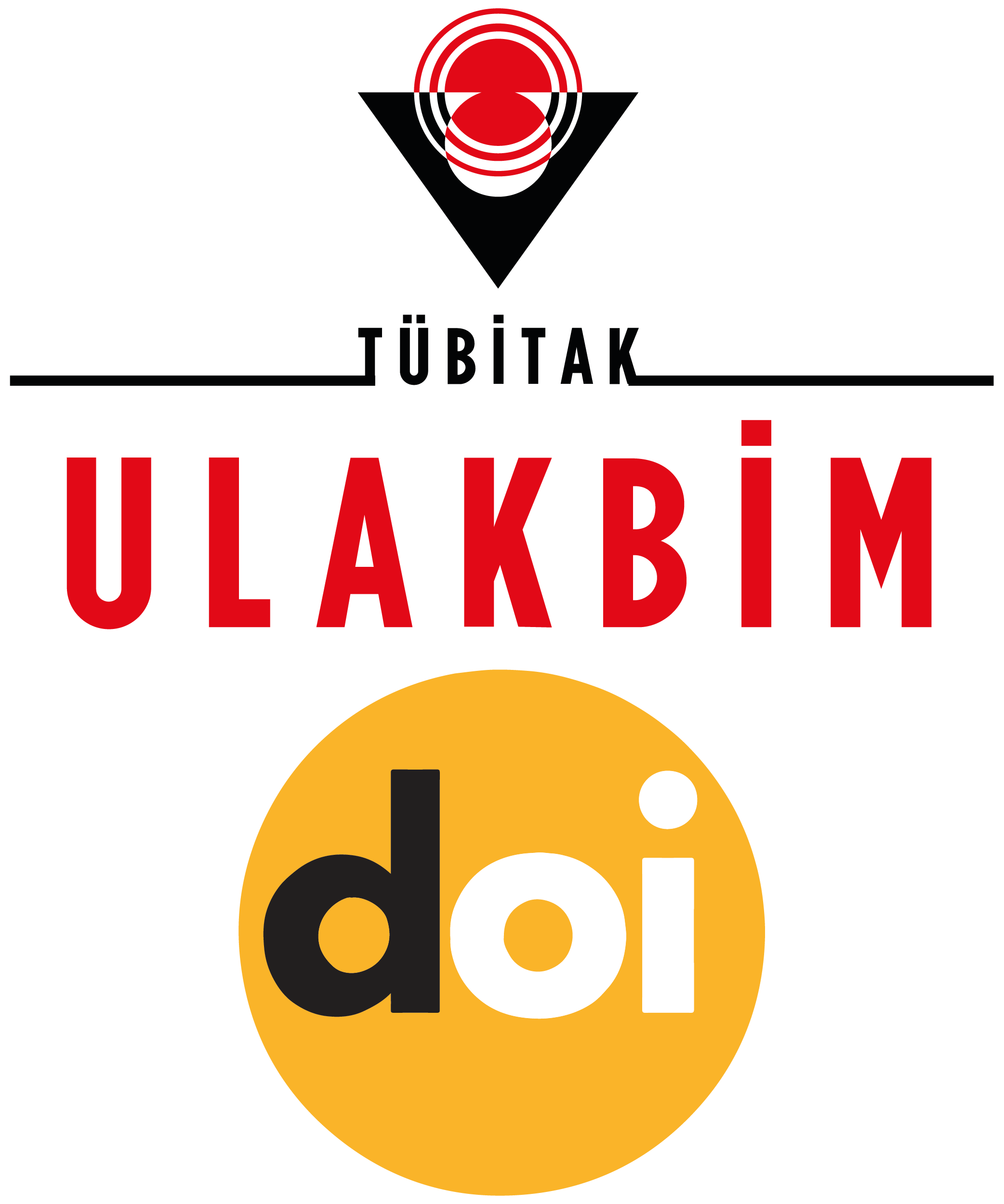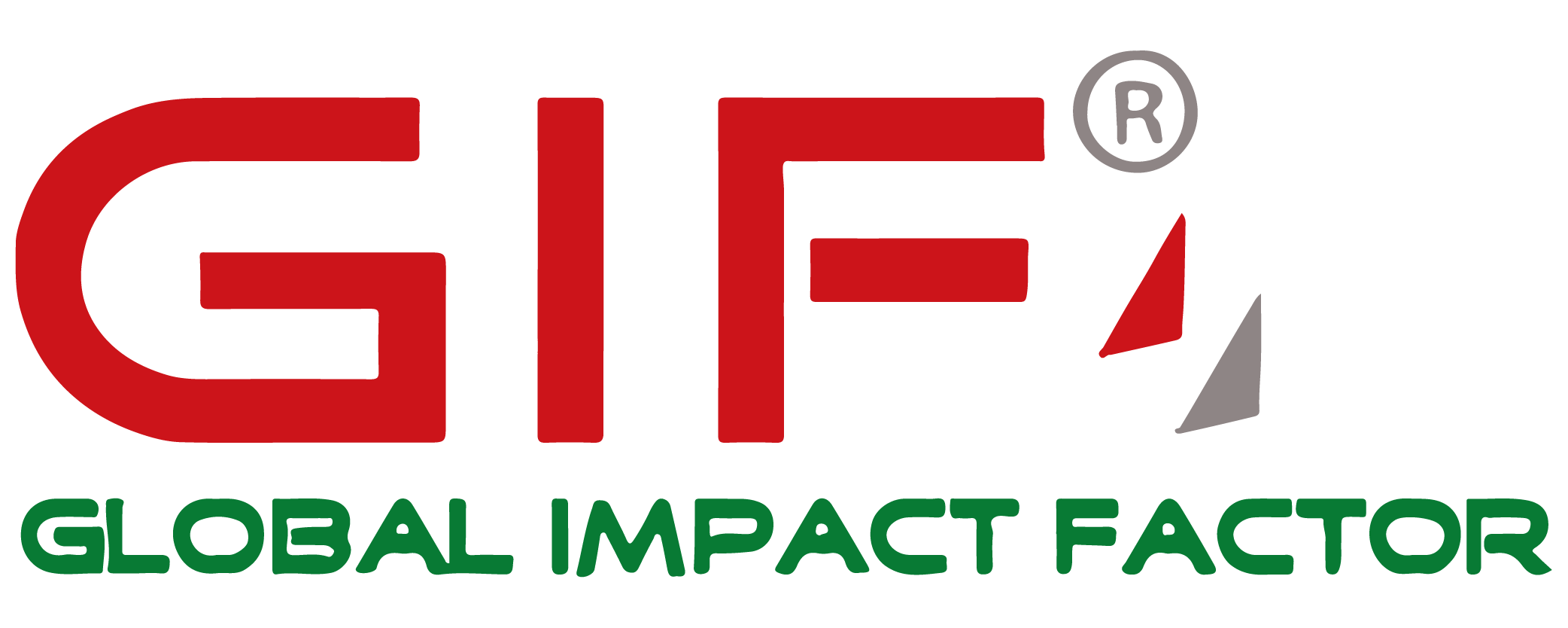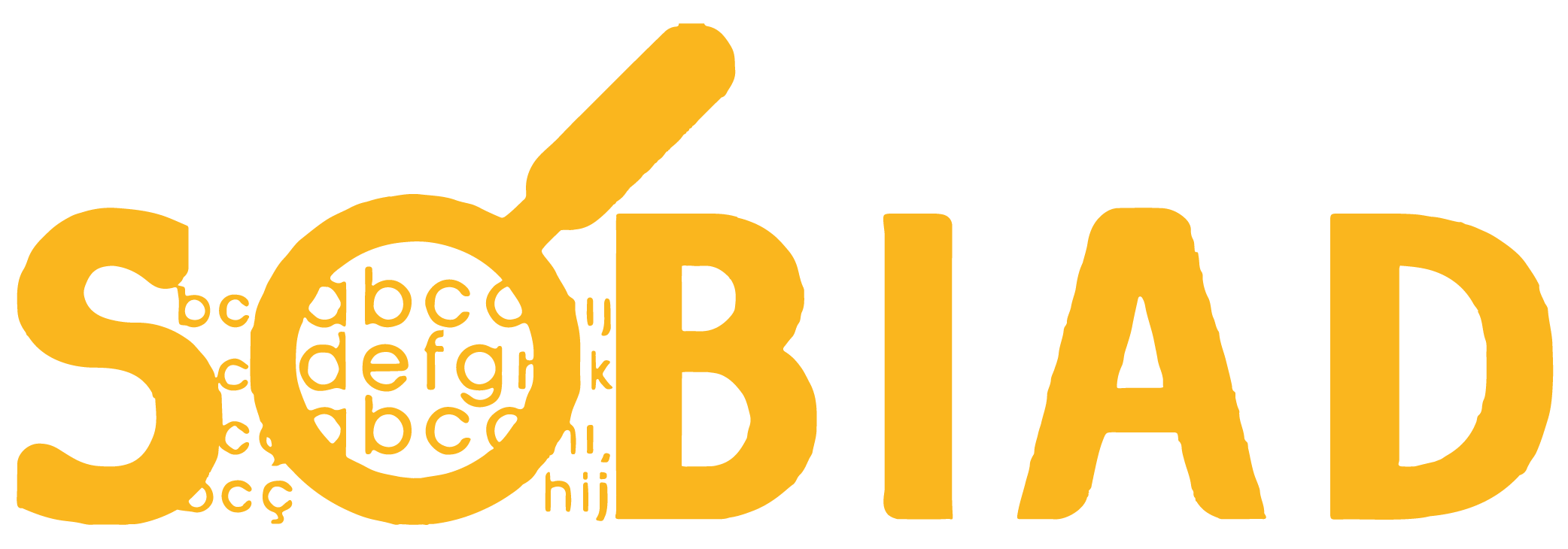Yöneticilerin, Aşçıların Yetkinliklerine Yönelik Beklentilerinin Değerlendirilmesi: Nevşehir Konaklama İşletmeleri Örneği (Evaluation of the Expectations of Executives for the Competencies of the Cooks: The Case of Nevşehir Accommodation Enterprises)
DOI:
https://doi.org/10.21325/jotags.2018.311Keywords:
Employee competence, Executive expectation, Kano Model, Analytic hierarchy process, Cappadocia, Accommodation enterprisesAbstract
The aim of this study is to evaluate the expectations of executives about the competencies of the cooks. This study is important in terms of helping employees and human resources managers to shape their career plans by evaluating the competencies that the cooks must have. Qualitative and quantitative methods were used as mixed methods. In this study, the expectations of the accommodation enterprises managers toward to cooks’ competencies were evaluated by using the Kano model and Analytical Hierarchy Process integrated method. The scope of the study is limited to the executives of the accommodation enterprises in Nevşehir. The research consists of two stages; (1) face-to-face interviews with executives (with 26 managers who agreed to participate in the research) and analyzed by qualitative analysis methods, (2) in the light of the findings obtained by the qualitative analysis, the data obtained with the help of the questionnaire (46 managers who agree to fill out the questionnaire) were evaluated by the Analytic Hierarchy Process integrated to the Kano model. As a result of the evaluation, weightings were made for cooks’ competencies and the findings were interpreted.
References
Agut, S., Grau, R. (2002). Managerial Competency Needs and Training Requests: the Case of the Spanish Tourist Industry, Human Resource Development Quarterly, 13(1): 31-51.
Agut, S., Grau, R., Peiró, J.M. (2003). Individual and contextual influences on managerial competency needs, Journal of Management Development, 22(10): 906-918.
Alonso, J. A. ve Lamata, M. T. (2006). Consistency in the analytic hierarchy process: a new approach. International journal of uncertainty, fuzziness and knowledge-based systems, 14(04), 445–459.
Ashkezari, M.J.D., Aeen, M.N. (2012). Using competency modelsto ımprove HRM, Ideal Type of Management, 1(1): 59-68.
Athey, T.R., Orth, M.S. (1999). Emerging Competency Methods For The Future, Human Resource Management, 38(3): 215-226.
Baki, B., Sahin Basfirinci, C., Murat AR, I. ve Cilingir, Z. (2009). An application of integrating SERVQUAL and Kano’s model into QFD for logistics services. Asia Pacific Journal of Marketing and Logistics, 21(1), 106–126. doi:10.1108/13555850910926272
Bayraktar, O. (2002). Yetkinliklere dayalı insan kaynakları yönetimi. Active Bankacılık ve Finans Dergisi, 5(25), 30–44.
Bayraktaroğlu, G. ve Özgen, Ö. (2008). Integrating the Kano model, AHP and planning matrix. Library Management, 29(4/5), 327–351. doi:10.1108/01435120810869110
Berrittella, M., La Franca, L. ve Zito, P. (2009). An analytic hierarchy process for ranking operating costs of low cost and full service airlines. Journal of Air Transport Management, 15(5), 249–255. doi:10.1016/j.jairtraman.2008.11.006
Biçer, G., Düztepe, Ş. (2003). Yetkinlikler ve Yetkinlik Sistemleri, Havacılık ve Uzay Teknolojileri Dergisi, 1 (2): 13-20.
Bilgili, B., Yağmur, Ö. ve Yazarkan, H. (2012). Turistik Ürün Olarak Festivallerin Etkinlik ve Verimliliği Üzerine Bir Araştırma (Erzurum-Oltu Kırdağ Festivali Örneği). Uluslararası Sosyal ve Ekonomik Bilimler Dergisi, (2), 117–124. http://dergipark.gov.tr/ijses/issue/34181/377904 adresinden erişildi.
Birdir, K. ve Pearson, T. E. (2000). Research chefs’ competencies: a Delphi approach. International Journal of Contemporary Hospitality Management, 12(3), 205–209. doi:10.1108/09596110010309989
Boyatzıs, R. (1982). The Competent Manager: A Model for Effective Performance, John Wiley ve Son, New York.
Buyruk, L. ve Kızılay, Y. (2016), "Turizm İşletmelerinde İnsan Kaynakları Yönetimi ve Uygulamaları", N. Ş. Perçin, Berrin G. ve Şule A. T. (Ed.), Turizm İşletmelerinde İşgören Seçme ve Yerleştirme, Beta Yayınları, İstanbul, s. 109-127.
Cardy, R.L., Selvarajan, T.T. (2006). Competencies: Alternative Frameworks for Competitive Advantage, Business Horizons, 49: 235- 245.
Chang, K.-C. ve Chen, M.-C. (2011). Applying the Kano model and QFD to explore customers’ brand contacts in the hotel business: A study of a hot spring hotel. Total Quality Management & Business Excellence, 22(1), 1–27. doi:10.1080/14783363.2010.529358
Çetinkaya, M., Özutku, H. (2010). Üst Düzey Yöneticilerin Sahip Olması Gereken Yönetsel Yetkinliklerinin Belirlenmesine İlişkin Ampirik Bir Çalışma. Dumlupınar Üniversitesi Sosyal Bilimler Dergisi, 26(1): 221-236.
Değer, Ç. (2012). Kano modeli ile bütünleştirilmiş Servqual analizinin kalite fonksiyon yayılımına uygulanarak hizmet kalitesinin iyileştirilmesi ve bir sağlık kuruluşunda uygulanması. Yayınlanmamış Yüksek Lisans Tezi. İzmir: DEÜ Sosyal Bilimleri Enstitüsü. http://acikerisim.deu.edu.tr/xmlui/handle/12345/10452 adresinden erişildi.
Delice, E. K. ve Güngör, Z. (2008). Müşteri İsteklerinin Sınıflandırılmasında Kano Model Uygulaması. Akademik Bilişim 2008 içinde (ss. 193–198).
Doğan, N. Ö., ve Karakuş, Y. (2014). KFG-AHP bütünleşik yöntemi kullanılarak turizm sektöründe hizmet kalitesinin değerlendirilmesi: göreme açık hava müzesi üzerine bir uygulama. Süleyman Demirel Üniversitesi İktisadi ve İdari Bilimler Fakültesi Dergisi, 19(3).
Doğan, S. ve Yeşiltaş, M. (2017). Aşçının Kişisel Özellikleri ile Mesleki Yetkinliklerinin Tespitine Yönelik Bir Çalışma. Journal of Tourism and Gastronomy Studies, 5(4), 250–263. doi:10.21325/jotags.2017.148
Eren, D. ve Onat, G. (2018). İçsel Pazarlama Faaliyetlerinin İşgören Yetkinliği Üzerine Etkisi: Nevşehir’deki Otel İşletmelerinde Bir Uygulama. Nevşehir Hacı Bektaş Veli Üniversitesi SBE Dergisi, 8(1), 58–76. doi:10.30783/nevsosbilen.409552
Eren, R. ve Şener, B. (2017). Haccp Gıda Güvenliği Yönetim Sisteminin Uygulanmasının Önündeki Engeller: Alanya Bölgesi Örneği. Journal of Multidisciplinary Academic Tourism, 2(1), 99–124. doi.org/10.31822/jomat.363837
Eren, R., Nebioğlu, O. ve Şık, A. (2017). Otel İşletmeleri Mutfak Çalışanlarının Gıda Güvenliği Konusunda Bilgi Düzeyleri: Alanya Örneği. Journal of Multidisciplinary Academic Tourism, 2(1), 47–64. doi:10.31822/jomat.350175
Govender, P., Parumasur, S. (2010), Evaluating the roles and competencies that are critical considerations for management development, SA Journal of Industrial Psychology, 36(1): 1-11.
Güneren Özdemir, E. ve Yılmaz, V. (2016). Konaklama İşletmelerinin Rekabet Gücünü Belirleyen Faktörler Üzerine Nevşehir İlinde Bir Uygulama. Journal of Multidisciplinary Academic Tourism, 1(1), 61-80.
Heromi, N.A., Usop, h., Mughal, Y.H., Channa, M.A. (2016). Factors contributing to Employee competency: insights from malaysia, Sci.Int.(Lahore),28(1),485-489.
Hjalager, A.-M. ve Richards, G. (2002). Tourism and Gastronomy. New York: Routledge.
Horng, J.S. ve Wang, L.L. (2003). Competency analysis profile of F&B managers of international tourist hotel in Taiwan. Asia Pacific Journal of Tourism Research, 8(1), 26-36.
Hurtado Justiniano, M. N., Valls-Pasola, J. ve Jaria Chacon, N. (2018). Art as a strategic element for innovation in gastronomic experiential services. Team Performance Management: An International Journal, 24(5/6), 316–330. doi:10.1108/TPM-05-2017-0022
Iqbal, F., Saleem, M. Q. ve Ahmad, M. (2015). A Critical Multi-model Comparative Study of QFD, Kano & AHP Hybrids for Product Development. Technical Journal, University of Engineering and Technology (UET) Taxila, Pakistan, 20(2), 1–11.
Kamau, S. W. ve Waudo, J. (2012). Hospitality industry employer’s expectation of Employees’ competences in Nairobi Hotels. Journal of Hospitality Management and Tourism, 3(4), 55–63. doi:10.5897/JHMT.11.022
Karakuş, Y. (2017). Turistik Bölgeler İçin Yeni Ürün Geliştirme Modeli: Nevşehir İli Üzerine Bir Uygulama. Nevşehir Hacı Bektaş Veli Üniversitesi Sosyal Bilimler Enstitüsü PhD disertation.
Karakuş, Y. ve Çoban, S. (2018). Evaluation Of Stakeholders’ Expectations Towards Congress Tourism By Kano Model: Case Of Nevşehir. Anais Brasileiros de Estudos Turísticos - ABET, 8(2), 8–20. https://abet.ufjf.emnuvens.com.br/abet/article/view/3027 adresinden erişildi.
Kelesbayev, D. (2014). Kano Modelinin Kalite Fonksiyon Yayılımı İle Bütünleştirilmesi ve Üniversite Öğrencilerine Yönelik Bir Uygulama. Gazi Üniversitesi Sosyal Bilimler Enstitüsü, Ankara.
Kivela, J. ve Crotts, J. C. (2006). Tourism and Gastronomy: Gastronomy’s Influence on How Tourists Experience a Destination. Journal of Hospitality & Tourism Research, 30(3), 354–377. doi:10.1177/1096348006286797
Kordon, E. (2006). Yetkinliklere Dayalı Kariyer Planlama ve Endüstri Mühendisliği Öğrencileri İçin Bir Uygulama, Yayınlanmamış Yüksek Lisans Tezi, Pamukkale Üniversitesi, Fen bilimler Enstitüsü, Denizli.
Korkmaz, H. (2013). Müşteri Memnuniyetinde Kano Modeli: Türkiye’deki Havayolu Yolcuları Örneği. Yayınlanmamış Yüksek Lisans Tezi. Balıkesir: Balıkesir Üniversitesi Sosyal Bilimler Enstitüsü. http://dspace.balikesir.edu.tr:8080/xmlui/handle/123456789/2610 adresinden erişildi.
Kyoon Yoo, D. ve Ah Park, J. (2007). Perceived service quality: Analyzing Relationships Among Employees, Customers, And Financial Performance. International Journal of Quality & Reliability Management, 24(9), 908–926. doi:10.1108/02656710710826180
Lucia, A.D., Lepsinger, R. (1999). The Art and Science of Competency Models, Jossey-BassPfeiffer, San Francisco.
Matzler, K. ve Hinterhuber, H. H. (1998). How to make product development projects more successful by integrating Kano’s model of customer satisfaction into quality function deployment. Technovation, 18(1), 25–38. doi:https://doi.org/10.1016/S0166-4972(97)00072-2
Mayatürk Akyol, E. (2011). Türkiye’de Performans Yönetiminde Yetkinliklerin Rolü. Yayınlanmamış Doktora Tezi, Dokuz Eylül Üniversitesi, İzmir.
McClelland, D.C. (1973). Testing for Competence Rather Than Intelligence, American Psychologist, Harvard University.
Meng, Q., Wei, X. ve Meng, W. (2016). A Decision Method to Maximize Service Quality under Budget Constraints: The Kano Study of a Chinese Machinery Manufacturer. Scientific Programming, 1–12. http://10.0.4.131/2016/7291582 adresinden erişildi.
Mikulić, J. ve Prebežac, D. (2011). A critical review of techniques for classifying quality attributes in the Kano model. Managing Service Quality: An International Journal, 21(1), 46–66. doi:10.1108/09604521111100243
Önder, G. ve Önder, E. (2015). Analitik Hiyerarşi Süreci. B. F. Yıldırım ve E. Önder (Ed.), Çok Kriterli Karar Verme Yöntemleri içinde . Bursa: Dora.
Saaty, T. L. (2003). Decision-making with the AHP: Why is the principal eigenvector necessary. European Journal of Operational Research, 145(1), 85–91. doi:10.1016/S0377-2217(02)00227-8
Schoonever, S.C. (2001). ImplementingCompetencies: A Best PracticesApproach, http://www.schoonover.com, 1-8
Shahin, A. (2004). Integration of FMEA and the Kano model. International Journal of Quality & Reliability Management, 21(7), 731–746. doi:10.1108/02656710410549082
Shippmann, J.S., Ash, R.A., Batjtsta, M., Carr, L., Eyde, L.D., Hesketh, B. ve Sanchez, J.I. (2000). The practice of competency modeling. Personnel psychology, 53(3), 703-740.
Spencer, L.M., Spencer, S.M. (1993). Competence at Work: Models for Superior Performance, Canada: John Wiley&Sons.
Tan, K. C. ve Pawitra, T. A. (2001). Integrating SERVQUAL and Kano’s model into QFD for service excellence development. Managing Service Quality: An International Journal, 11(6), 418–430. doi:10.1108/EUM0000000006520
Tan, K. C. ve Shen, X. X. (2000). Integrating Kano’s model in the planning matrix of quality function deployment. Total Quality Management, 11(8), 1141–1151. doi:10.1080/095441200440395
Tontini, G. (2007). Integrating the Kano Model and QFD for Designing New Products. Total Quality Management & Business Excellence, 18(6), 599–612. doi:10.1080/14783360701349351
Türk Dil Kurumu. (2018). Güncel Türkçe Sözlük. 24 Temmuz 2017 tarihinde http://www.tdk.gov.tr/index.php?option=com_bts adresinden erişildi.
Ünal, Ö.M. (2013). Temel Yetkinlik Açığının Belirlenmesine Yönelik Bir Araştırma (Şirketler Grubu Örneği). Çankırı Karatekin Üniversitesi Sosyal Bilimler Enstitüsü Dergisi, 4(1): 129-146.
Wright, P. M., Gardner, T. M. ve Moynihan, L. M. (2003). The impact of HR practices on the performance of business units. London Business School Human Resource Management Journal, 13(3), 21–36. https://huntsman.usu.edu/directory/documents/Impact_of_HR_on_Business_Units.pdf adresinden erişildi.
WTO. (2018). 2017 Annual Report. doi:10.18111/9789284419807
WTTC. (2018). Travel and Tourism Economic Impact 2018: World. https://www.wttc.org/-/media/files/reports/economic-impact-research/regions-2017/world2017.pdf adresinden erişildi.
Yetkin, D. (2006). Yetkinlik Bazlı İnsan Kaynakları Sistemleri ve Bir Uygulama, (Basılmamış Yüksek Lisans Tezi), Marmara Ünv. Sosyal Bilimler Enstitüsü, Kamu Yönetimi.
Yılmaz, A. ve Tanrıverdi, H. (2017). Aşçıların Meslek Uyumu ve Meslek Algısı Düzeyleri Üzerine Bir Araştırma. Karabük Üniversitesi Sosyal Bilimler Enstitüsü Dergisi, 7(2), 621–639.
Downloads
Published
How to Cite
Issue
Section
License
Copyright (c) 2023 Journal of Tourism & Gastronomy Studies

This work is licensed under a Creative Commons Attribution-NonCommercial 4.0 International License.








